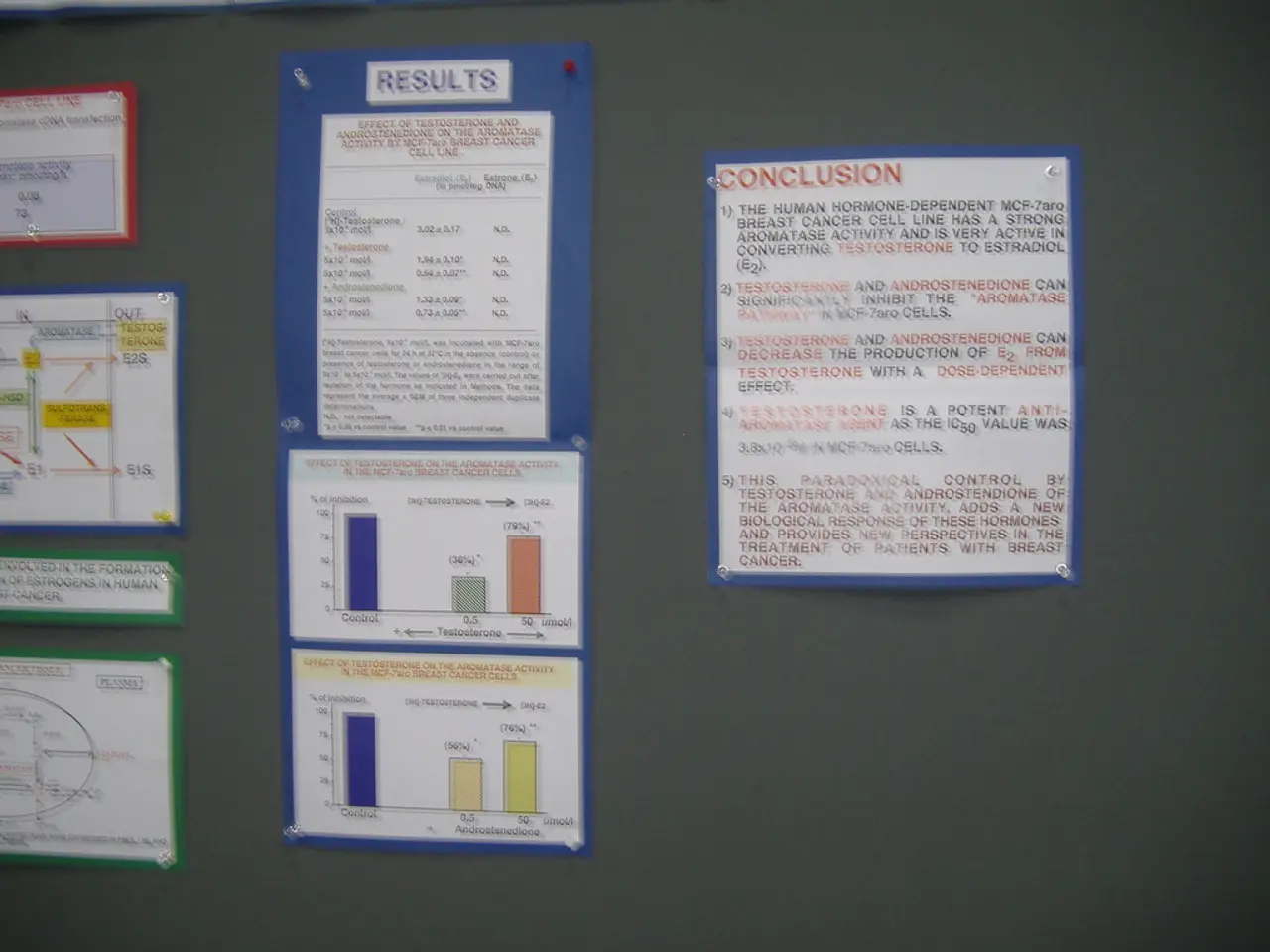Operating Procedures: Understanding, Objectives, Illustrations & Format Guides
In today's fast-paced business environment, it's crucial to have well-structured and engaging Standard Operating Procedures (SOPs) to ensure consistency and high-quality work performance across an organization. Here's a guide on how to create effective SOPs that your team will find easy to follow and remember.
Firstly, the SOP length should be appropriate, striking a balance between thoroughness and avoiding overwhelming team members. The format for the SOP can vary, but it may include an SOP checklist, a presentation, a handout, an infographic, or even a video guide.
The SOP should be created for a specific procedure, process, or activity, and its scope should be defined, determining what will be covered and what won't within the document. The expert or employee responsible for performing the task should be involved in defining the procedure.
One of the key elements in creating effective SOPs is the use of visual aids. Diagrams, flowcharts, and images break down complex processes and make SOPs easier to understand. For processes with multiple decision points, flowcharts are especially useful. Videos or interactive courses can also boost effectiveness for training.
Writing clear and specific steps is also essential. Use simple, jargon-free language. Break tasks into detailed and sequential steps, ensuring each step is unambiguous and complete to avoid misinterpretation.
Choosing the right format is also crucial. Depending on the process, formats vary — step-by-step lists, hierarchical steps (with sub-steps), flowcharts, checklists, video guides, or interactive digital courses. Pick the one best suited to the complexity and nature of the task.
Leveraging SOP software or a Learning Management System (LMS) can help store SOPs centrally, track employee engagement, facilitate updates, and incorporate rich media like videos or screen recordings. Ensure your chosen software supports collaboration, compliance sign-offs, and security features.
Before full rollout, test the SOP to identify gaps or inefficiencies. Determine metrics to evaluate how well the SOP improves consistency and performance, and update accordingly.
Lastly, ensure accessibility by formatting SOPs for easy navigation, including clear headings, bullet points, and interactive tables of contents (especially for digital documents) so users can quickly find relevant sections.
By combining these elements—structured templates, clear writing, meaningful visuals, interactive or multimedia formats, and centralized digital tools—businesses can create SOPs that are not only practical and standardizing but also engaging and easy for employees to follow and retain. Effective SOPs become a go-to resource for team members to reinforce their training, ensuring all necessary steps to complete a task are done every single time.
- Data visualization can enhance the effectiveness of SOPs by providing clear and engaging graphics that help employees understand complex processes more easily.
- In corporate culture and lifestyle, efficient Standard Operating Procedures (SOPs) play a significant role in the finance industry by ensuring consistent and reliable business processes.
- Effective SOPs extend their benefits to various sectors like education-and-self-development, where well-structured procedures help in skill development, learning, and self-improvement.




